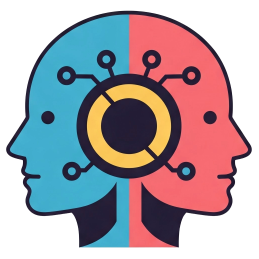The Transformation of Work: Embracing AI and the Reality of Labor Dynamics
As discussions surrounding Artificial Intelligence (AI) continue to dominate headlines, a common concern has emerged: the fear that AI will lead to widespread job losses. However, it is crucial to shift our perspective and recognize an underlying truth: many roles that exist today serve primarily as intermediaries in various processes.
Rather than viewing AI as a direct threat to employment, we should consider how it highlights the nature of certain jobs that have, for too long, existed in the shadows. Many positions revolve around tasks such as managing paperwork, relaying information via email, or acting as a bridge between decision-makers. These roles, while often essential for operational flow, do not contribute directly to innovation, strategy, or customer interaction.
The emergence of AI prompts a reevaluation of these functions. Rather than fearing the technology, we should embrace the opportunity to redefine our workforce. By leveraging AI, businesses can streamline operations, enhance efficiency, and allocate human talent where it is truly needed—such as in creative problem-solving and strategic decision-making.
So, as we consider the implications of AI on the job market, let’s focus on the potential for transformation rather than loss. The fear may not be rooted in losing jobs, but rather in confronting the realities of a job landscape that has been elaborately constructed around roles that can be enhanced or even replaced by more effective technologies. By acknowledging this truth, we can better prepare for a future where human expertise can shine without the encumbrance of redundant tasks.
In summary, AI can serve as a catalyst for change, pushing us to rethink our professional environments and encouraging the evolution of work itself. Let’s welcome this shift with open arms and a mindset geared toward growth and innovation.










Leave a Reply